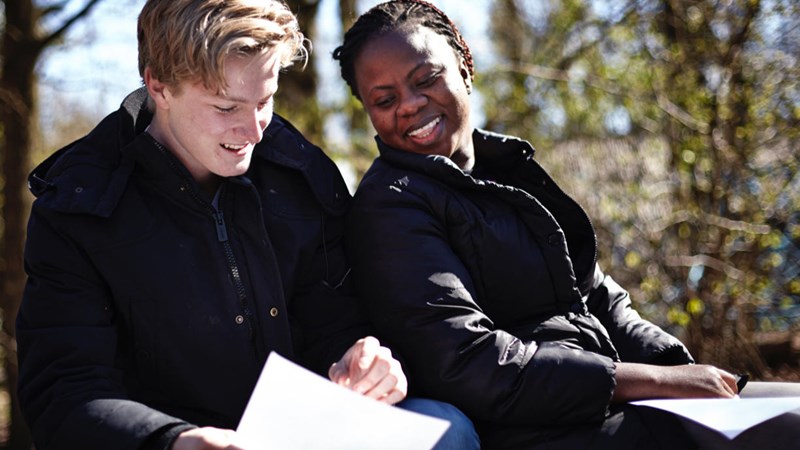
We all do risk assessments or safety checks everyday, for example, when we cross the road. We choose an appropriate place to cross, look both ways and make a decision about whether it’s safe to cross.
From January 2021 all risk assessments will need to be written down and shared with everyone involved. These will then need to be regularly reviewed and amended as necessary. The National support and guidance can be found here.
To support our volunteers in this, we have created some example risk assessment (see Risk Library) for a range of activities. These can be downloaded and changed to suit your needs. They will regularly undergo review based on volunteer feedback.
These risk assessments can also be uploaded to Online Scout Manager (OSM) as part of your programme planning.
Useful Links
Link to Risk Library
Link to Safety Training
FAQs
As always we anticipate there will be a number of questions. Locally, we have collated the most common questions as a first port of call for our volunteers.
1. Do all activity risk assessments need to be approved by the District?
No, Commissioners (or their designate) are only required to see risk assessments for all nights’ away activities (and for a short time, the COVID-ready risk assessments to allow return to face to face Scouting as we progress through each readiness level). You must however always document all your risk assessments so that they are available if required.
2. Where do I store these documented risk assessments?
You need to agree that with your leadership team but it should be somewhere accessible to the whole team and easily shared when needed with others. That might, for example, be an electronic shared folder or hard copy within your meeting place.
3. How long should we store the risk assessments for?
Risk assessments should not contain personal sensitive information, and only contain the name of the person who completed the risk assessment. Keeping your past risk assessments is a helpful tool to inform future ones, so keeping them handy in case you do a similar activity in the future is recommended. If something goes wrong and someone gets injured then retaining the risk assessment as part of the incident follow-up will be required. As there is no personal data there is no data retention policy to apply but you wouldn’t want to start afresh every time leadership teams change.
4. Why do I now need to write them down?
We know leaders are good at assessing risk and adjusting their programme but across the country, we are not very good at recording these risks, communicating them to colleagues or young people and having them available for future reference and adjustment. Therefore we fail to build on our collective learning. When asked to justify our mitigations we often have no documented evidence to show what controls and hazard reduction we planned and why. Besides, it is good practice right across society to have everything documented and shared.
5. As the author of the risk assessment, will I be liable if anything happens?
Leaders have always been required to undertake risk assessments for activities they do within the Scouts, with the encouragement to document them. This change requires the documenting of the risk assessment and so there is no change in liabilities. As always if members are following the rules and policies of the Scouts they will receive support should something not go to plan.
6. How do Executive Committees and GSL/Commissioners, have oversight of the risk assessments if they don’t have to approve them?
The Group Scout Leader (GSL) has oversight of programme for all sections. This is noted at POR rule (9.1). This is delegated to them by the District Commissioner (DC). In some cases the DC may delegate that to someone else. The GSL therefore is obliged to inform Districts that adequate controls are in place and written records maintained.
7. Is this task of writing risk assessments only for Section Leaders?
No, all Scout activities, events and meetings should be risk assessed, and now those risks should be documented. This includes all sections, leader training, activity centres and campsites, as well as other events such as awards evenings.
8. Can we group similar activities together?
Yes, as long as the risk assessment covers all risks then it will be fit for purpose. They should be regularly reviewed and any additional risks added or updated at each review point.
[vfb id=22]








